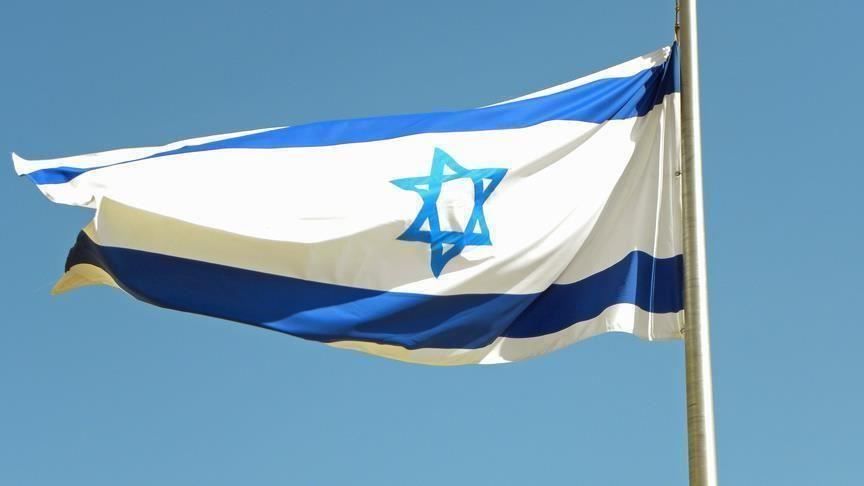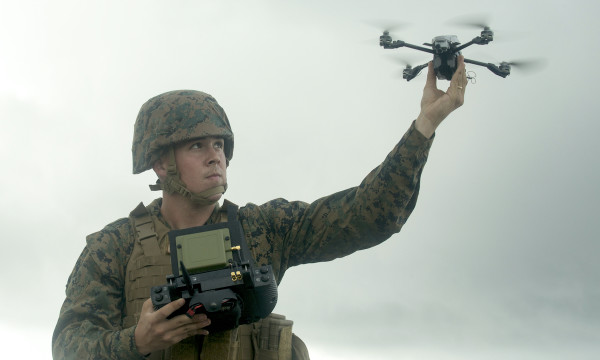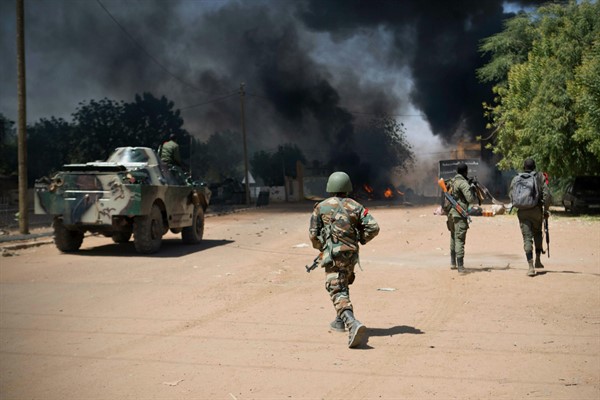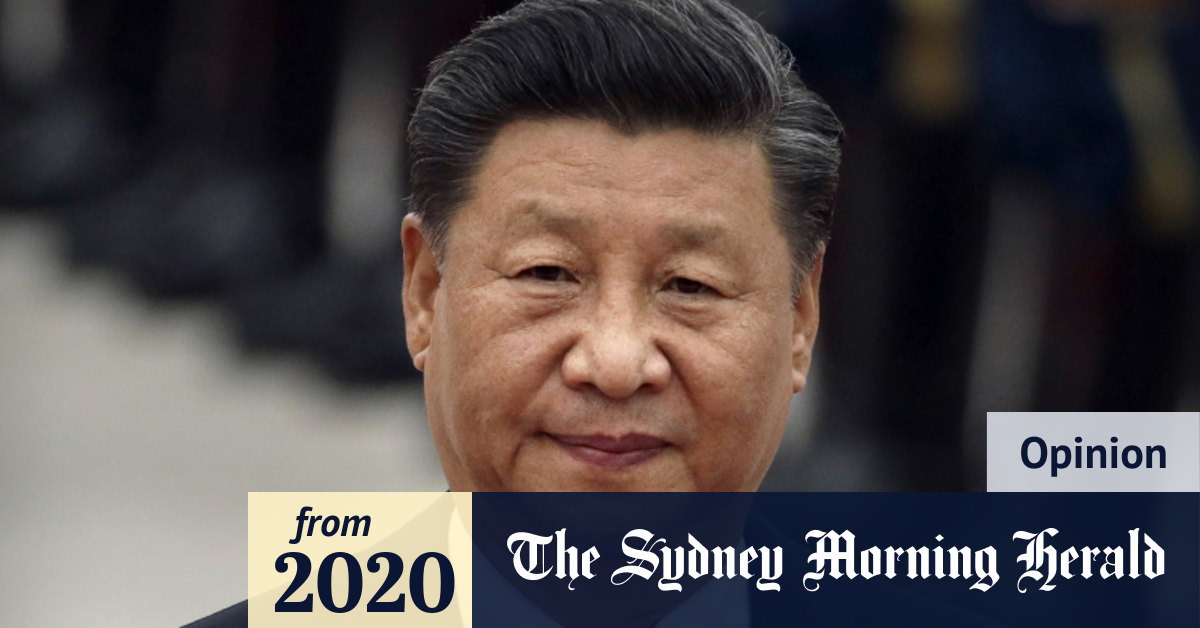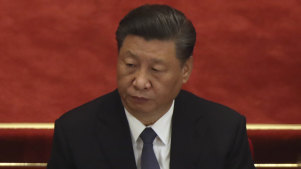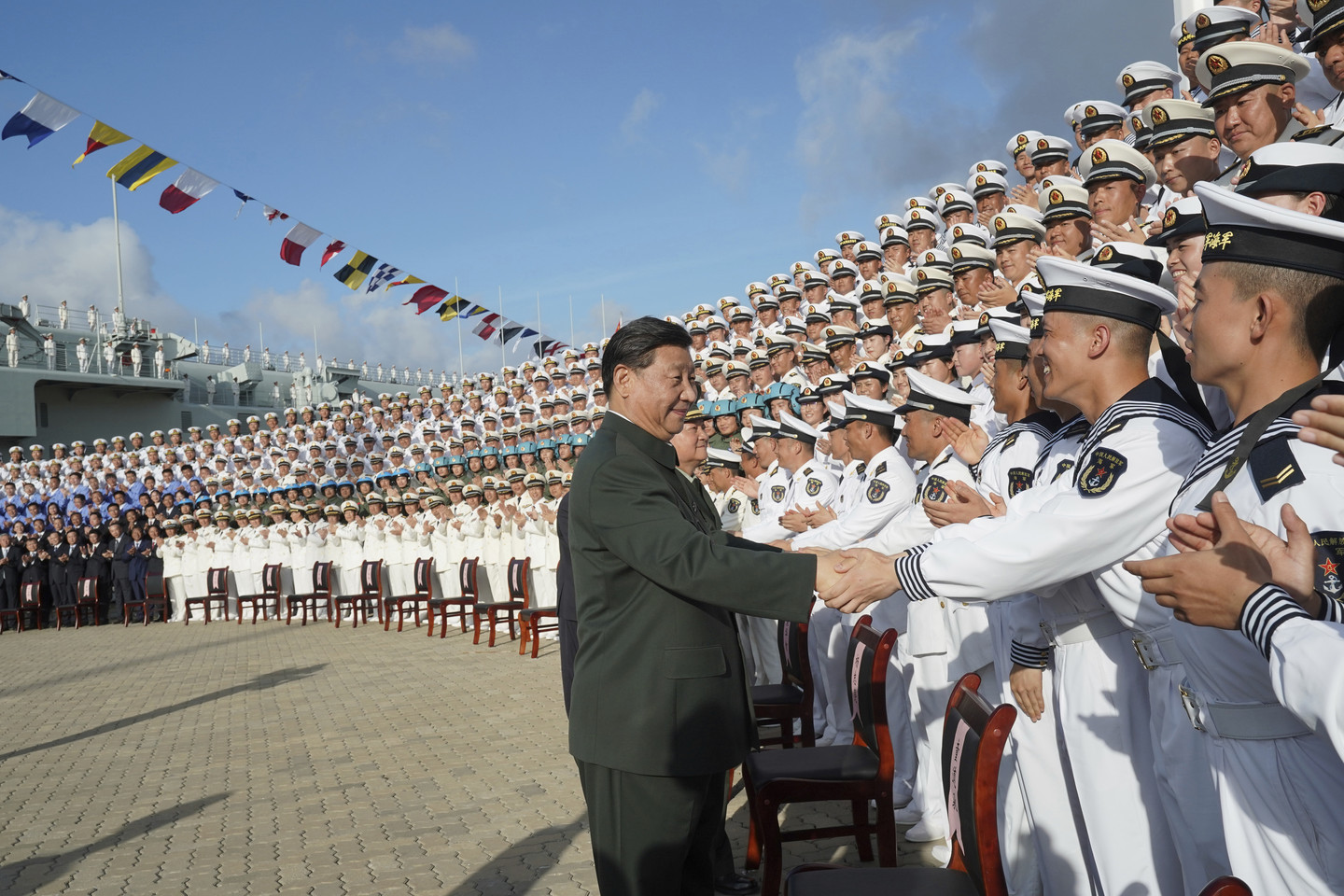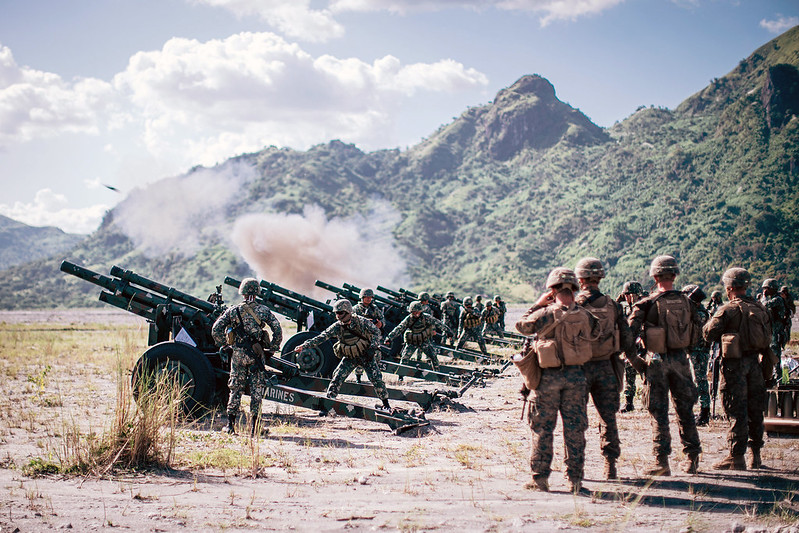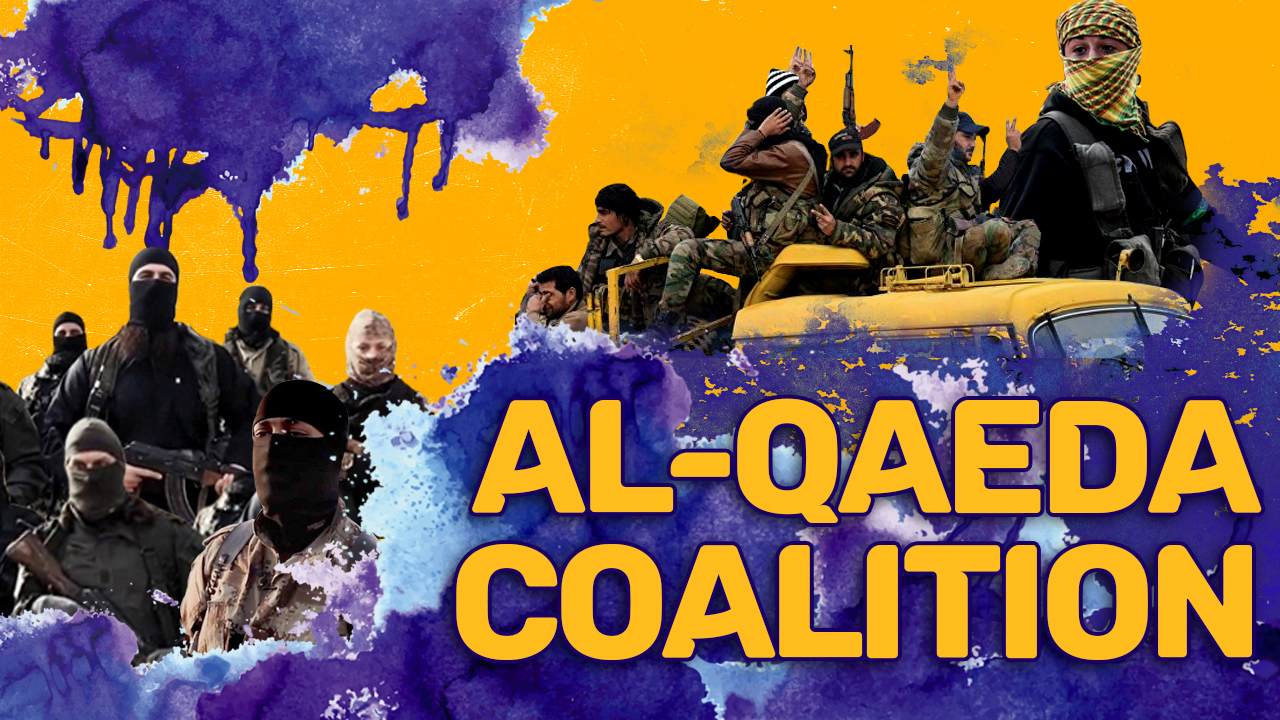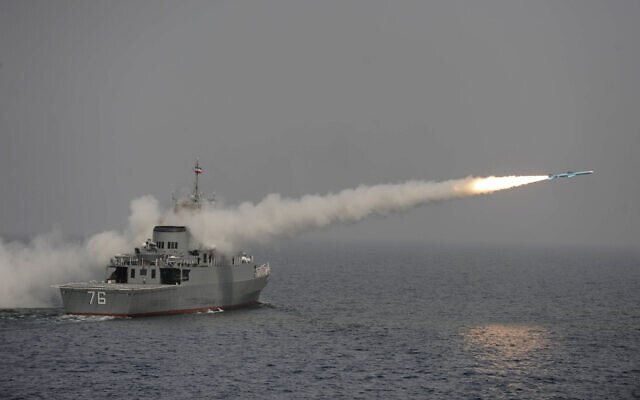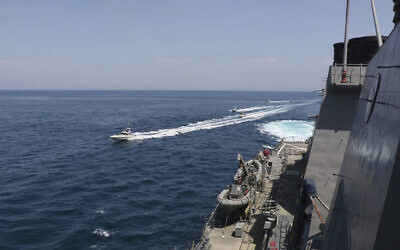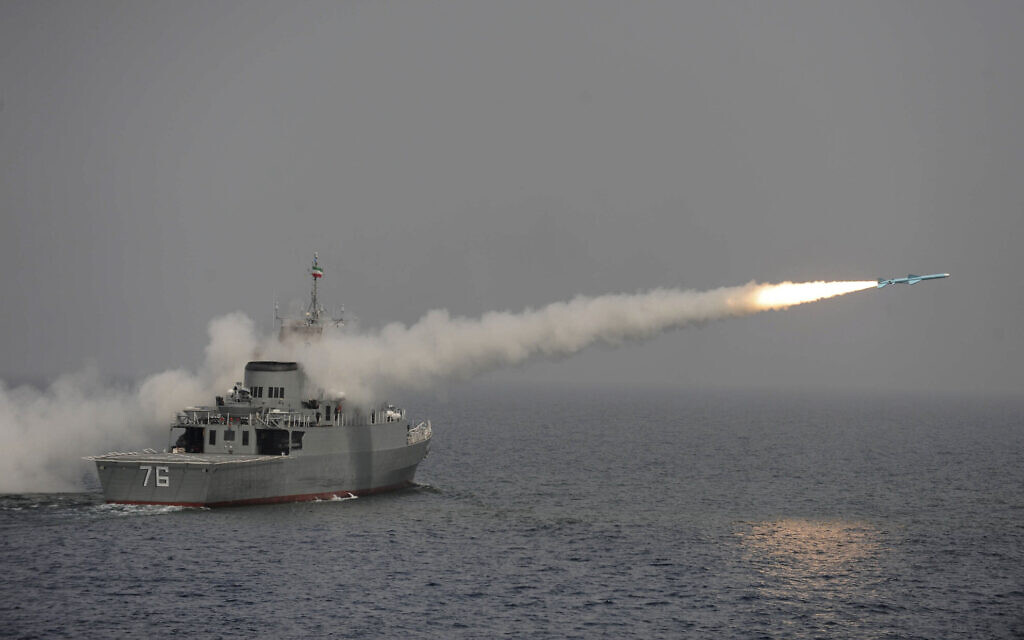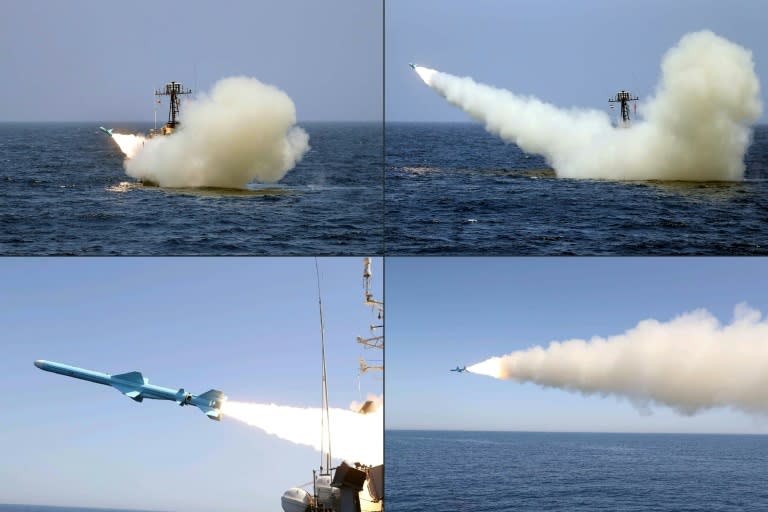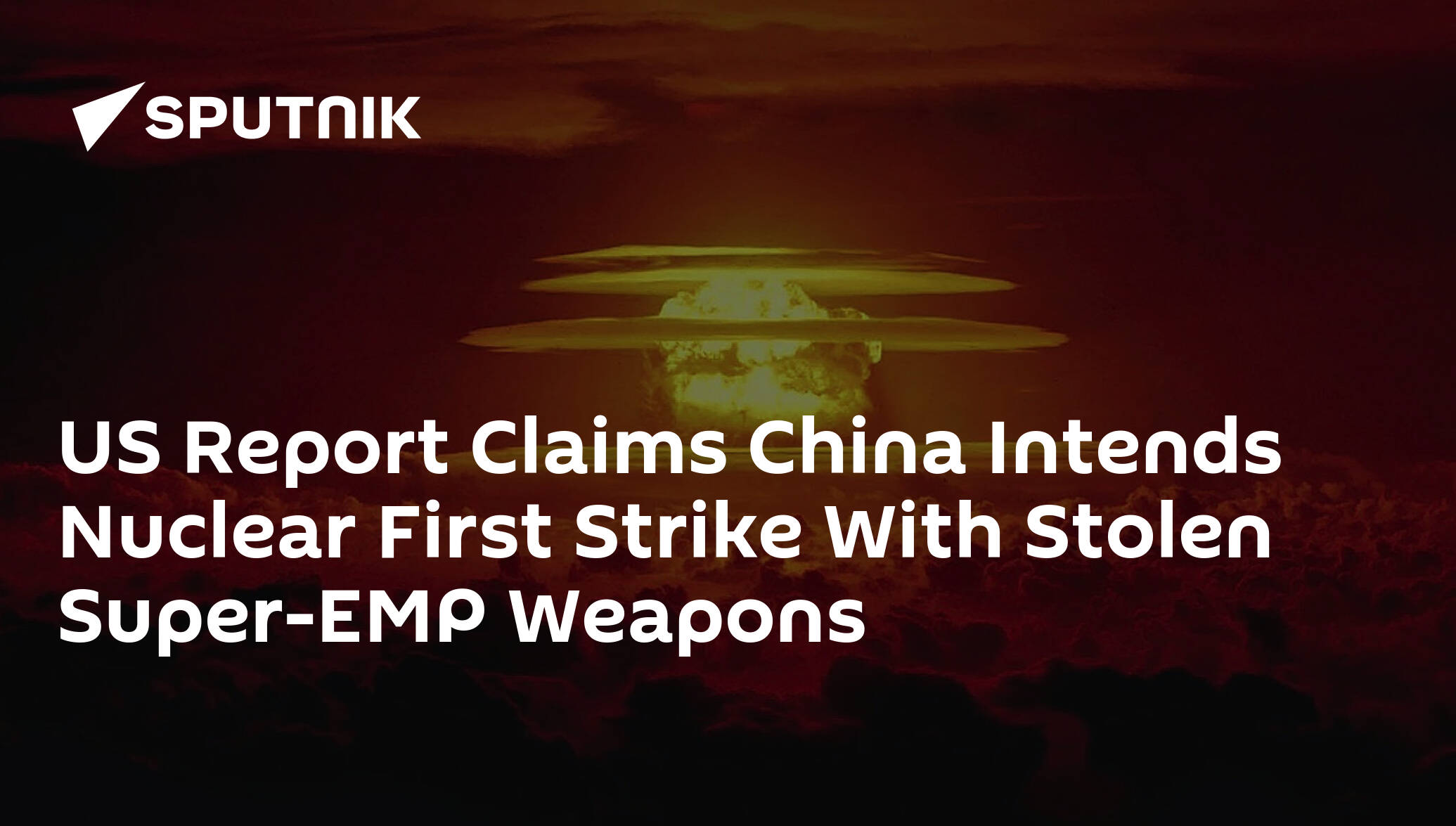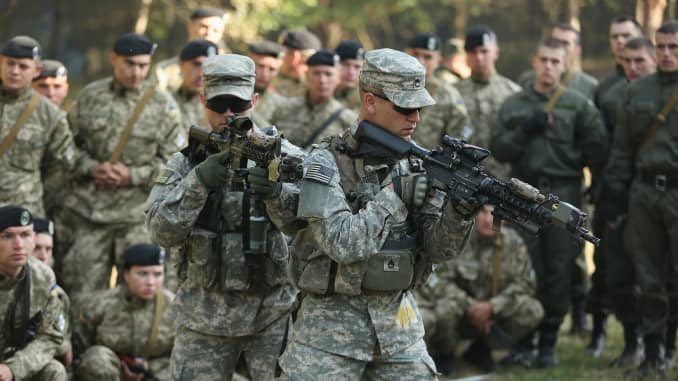Sorry for the delay folks......
(421) 05-23-2020-to-05-29-2020___****THE****WINDS****of****WAR****
WAR - 05-23-2020-to-05-29-2020___****THE****WINDS****of****WAR****
(418) 05-02-2020-to-05-08-24-2020___****THE****WINDS****of****WAR**** WAR - 05-02-2020-to-05-08-24-2020___****THE****WINDS****of****WAR**** (419) 05-09-2020-to-05-08-15-2020___****THE****WINDS****of****WAR**** WAR - 05-09-2020-to-05-08-15-2020___****THE****WINDS****of****WAR**** (420)...

www.timebomb2000.com
(422) 05-30-2020-to-06-05-2020___****THE****WINDS****of****WAR****
WAR - 05-30-2020-to-06-05-2020___****THE****WINDS****of****WAR****
(423) 06-06-2020-to-06-12-2020___****THE****WINDS****of****WAR****
 www.timebomb2000.com
www.timebomb2000.com
-------------------
Kim Jong Un's Sister Threatens S. Korea With Military Action
--------------------
Hummm.....
Posted for fair use.....
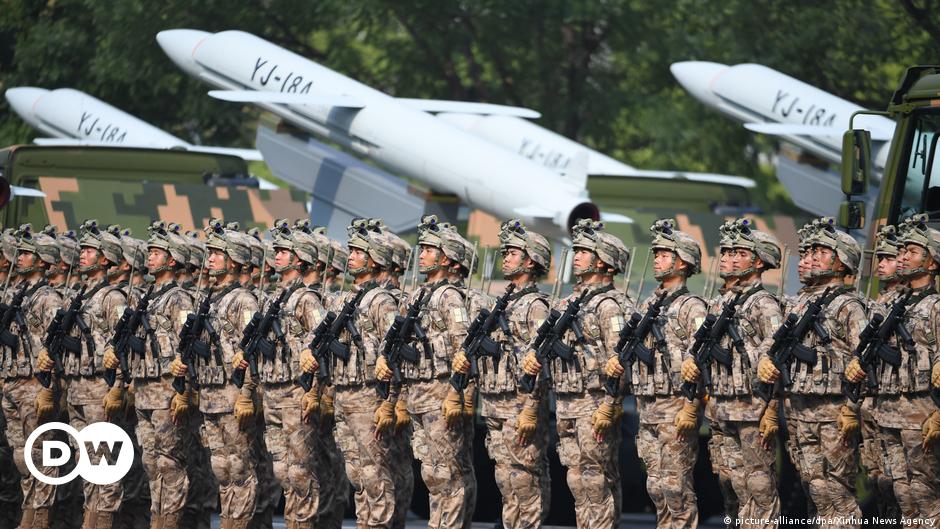
 www.dw.com
www.dw.com
NATO's Jens Stoltenberg sounds warning on China's rise
The head of the military alliance has urged the West not to ignore China's growing military might. He says Beijing's expanding stockpile of nuclear weapons capable of reaching Europe, demands a stronger response.
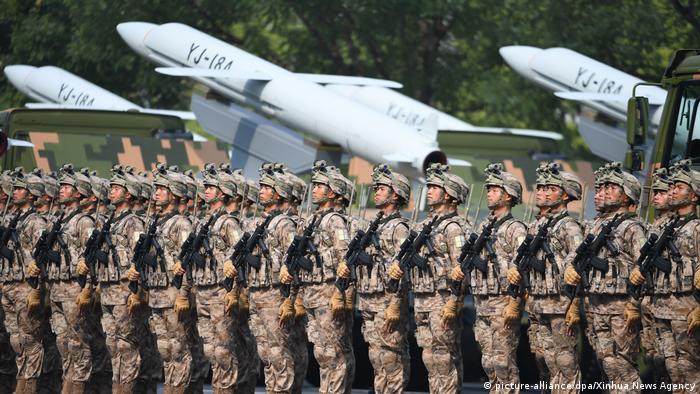
NATO Secretary-General Jens Stoltenberg warned Saturday that China's increasing influence had created a "fundamental shift in the global balance of power" that should not be overlooked.
In an interview with Germany's Welt am Sonntag newspaper, that was released in advance, the Norwegian official said that Beijing had the second-largest defense budget in the world after the United States, and was investing heavily in nuclear weapons and long-range missiles that could reach Europe.
"One thing is clear: China is coming ever closer to Europe's doorstep," he said. "NATO allies must face this challenge together."
Read more: China unveils plans to step up military power
New opportunities, new challenges

NATO Secretary-General Jens Stoltenberg
NATO's mission has expanded since its creation in 1949 as a counterweight to the power of the Soviet Union. Its security remit is limited to North America and Europe, but the military alliance has also acknowledged that China's rise posed new challenges.
Stoltenberg stressed that no member country was "directly" threatened by the Asian powerhouse, but he did flag several concerns, which he said required a strong NATO response.
He noted Beijing was investing heavily in European infrastructure and cyberspace, as well as expanding its presence in Africa, the Arctic and the Mediterranean.
China has also increasingly sought to boost its claims over parts of the South China Sea, in some cases by hindering ships traveling there in international waters.
Read more: Is China taking advantage of COVID-19 to pursue South China Sea ambitions?
Watch video 01:43
China celebrates itself with a display of military strength
Stoltenberg said he found developments in the sea worrying, calling on Beijing to respect international shipping rules, but added that there was no reason to send NATO troops to the region.
Chinese foreign ministry spokeswoman Hua Chunying said earlier this week that China does not pose a threat to any country. "We hope that NATO can continue to hold a correct opinion about us and view our development rationally," she said.
nm/mm (dpa, AFP, Reuters)
Every evening, DW sends out a selection of the day's news and features. Sign up here.
DW recommends
India-China border standoff raises military tensions
Tensions between the world's two most populous countries have flared once again in recent weeks, along their disputed border high in the Himalayas, prompting fears of an inadvertent escalation. (02.06.2020)
South China Sea - what you need to know
The South China Sea has long been a source of territorial disputes between several Asian countries. DW takes a look at who owns what, and why the contested waterway is so strategically important. (11.08.2017)
NATO recognizes China 'challenges' for the first time
For the first time in NATO's history, the alliance is recognizing the challenges posed by China's rise in a summit declaration. NATO's chief said Beijing's growing military capabilities had "implications for all allies." (03.12.2019)
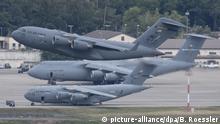
Opinion: Punishment for disobedient Germany 08.06.2020
The old West Germany had "a latent incompatibility between its national aims and its Atlantic ties," former US top diplomat Henry Kissinger once said. Donald Trump seems to miss those times, says DW's Miodrag Soric.
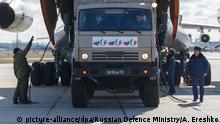
Should NATO be doing more to tackle the coronavirus? 01.04.2020
NATO Secretary-General Jens Stoltenberg says the priority of the alliance is to prevent the health crisis from becoming a security crisis. Teri Schultz looks at whether it's already too late.
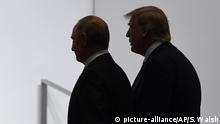
NATO allies alarmed, annoyed by US Open Skies exit 22.05.2020
The Trump administration has quit yet another arms control deal, one meant to build trust between the US and Russia. As Teri Schultz reports from Brussels, observers in Europe and the US are unnerved by a worrying trend.
(421) 05-23-2020-to-05-29-2020___****THE****WINDS****of****WAR****
WAR - 05-23-2020-to-05-29-2020___****THE****WINDS****of****WAR****
(418) 05-02-2020-to-05-08-24-2020___****THE****WINDS****of****WAR**** WAR - 05-02-2020-to-05-08-24-2020___****THE****WINDS****of****WAR**** (419) 05-09-2020-to-05-08-15-2020___****THE****WINDS****of****WAR**** WAR - 05-09-2020-to-05-08-15-2020___****THE****WINDS****of****WAR**** (420)...
www.timebomb2000.com
(422) 05-30-2020-to-06-05-2020___****THE****WINDS****of****WAR****
WAR - 05-30-2020-to-06-05-2020___****THE****WINDS****of****WAR****
(423) 06-06-2020-to-06-12-2020___****THE****WINDS****of****WAR****
WAR - 06-06-2020-to-06-12-2020___****THE****WINDS****of****WAR****
(420) 05-16-2020-to-05-22-2020___****THE****WINDS****of****WAR**** WAR - 05-16-2020-to-05-22-2020___****THE****WINDS****of****WAR**** (417) WAR - 04-25-2020-to-05-01-24-2020___****THE****WINDS****of****WAR**** (418) 05-02-2020-to-05-08-24-2020___****THE****WINDS****of****WAR**** WAR -...
-------------------
Kim Jong Un's Sister Threatens S. Korea With Military Action
--------------------
Hummm.....
Posted for fair use.....

NATO must pay attention to China, Stoltenberg says – DW – 06/13/2020
The head of the military alliance has urged the West not to ignore China's growing military might. He says Beijing's expanding stockpile of nuclear weapons capable of reaching Europe, demands a stronger response.
NATO's Jens Stoltenberg sounds warning on China's rise
The head of the military alliance has urged the West not to ignore China's growing military might. He says Beijing's expanding stockpile of nuclear weapons capable of reaching Europe, demands a stronger response.

NATO Secretary-General Jens Stoltenberg warned Saturday that China's increasing influence had created a "fundamental shift in the global balance of power" that should not be overlooked.
In an interview with Germany's Welt am Sonntag newspaper, that was released in advance, the Norwegian official said that Beijing had the second-largest defense budget in the world after the United States, and was investing heavily in nuclear weapons and long-range missiles that could reach Europe.
"One thing is clear: China is coming ever closer to Europe's doorstep," he said. "NATO allies must face this challenge together."
Read more: China unveils plans to step up military power
New opportunities, new challenges

NATO Secretary-General Jens Stoltenberg
NATO's mission has expanded since its creation in 1949 as a counterweight to the power of the Soviet Union. Its security remit is limited to North America and Europe, but the military alliance has also acknowledged that China's rise posed new challenges.
Stoltenberg stressed that no member country was "directly" threatened by the Asian powerhouse, but he did flag several concerns, which he said required a strong NATO response.
He noted Beijing was investing heavily in European infrastructure and cyberspace, as well as expanding its presence in Africa, the Arctic and the Mediterranean.
China has also increasingly sought to boost its claims over parts of the South China Sea, in some cases by hindering ships traveling there in international waters.
Read more: Is China taking advantage of COVID-19 to pursue South China Sea ambitions?
Watch video 01:43
China celebrates itself with a display of military strength
Stoltenberg said he found developments in the sea worrying, calling on Beijing to respect international shipping rules, but added that there was no reason to send NATO troops to the region.
Chinese foreign ministry spokeswoman Hua Chunying said earlier this week that China does not pose a threat to any country. "We hope that NATO can continue to hold a correct opinion about us and view our development rationally," she said.
nm/mm (dpa, AFP, Reuters)
Every evening, DW sends out a selection of the day's news and features. Sign up here.
DW recommends
India-China border standoff raises military tensions
Tensions between the world's two most populous countries have flared once again in recent weeks, along their disputed border high in the Himalayas, prompting fears of an inadvertent escalation. (02.06.2020)
South China Sea - what you need to know
The South China Sea has long been a source of territorial disputes between several Asian countries. DW takes a look at who owns what, and why the contested waterway is so strategically important. (11.08.2017)
NATO recognizes China 'challenges' for the first time
For the first time in NATO's history, the alliance is recognizing the challenges posed by China's rise in a summit declaration. NATO's chief said Beijing's growing military capabilities had "implications for all allies." (03.12.2019)
- Date 13.06.2020
- Related Subjects Europe, People's Republic of China, North Atlantic Treaty Organization (NATO)
- Keywords NATO, China, military buildup, Europe, Jens Stoltenberg
- Feedback: Send us your feedback.
- Print Print this page
- Permalink NATO's Jens Stoltenberg sounds warning on China's rise | DW | 13.06.2020

Opinion: Punishment for disobedient Germany 08.06.2020
The old West Germany had "a latent incompatibility between its national aims and its Atlantic ties," former US top diplomat Henry Kissinger once said. Donald Trump seems to miss those times, says DW's Miodrag Soric.

Should NATO be doing more to tackle the coronavirus? 01.04.2020
NATO Secretary-General Jens Stoltenberg says the priority of the alliance is to prevent the health crisis from becoming a security crisis. Teri Schultz looks at whether it's already too late.

NATO allies alarmed, annoyed by US Open Skies exit 22.05.2020
The Trump administration has quit yet another arms control deal, one meant to build trust between the US and Russia. As Teri Schultz reports from Brussels, observers in Europe and the US are unnerved by a worrying trend.
- Date 13.06.2020

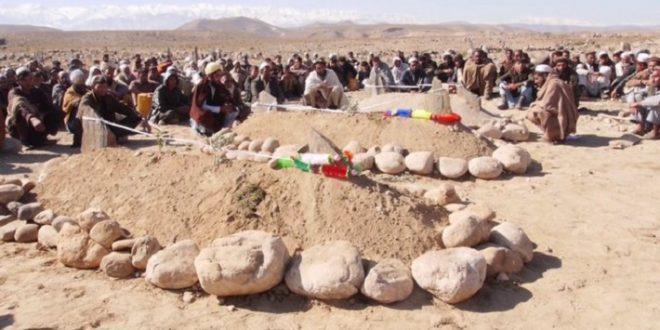
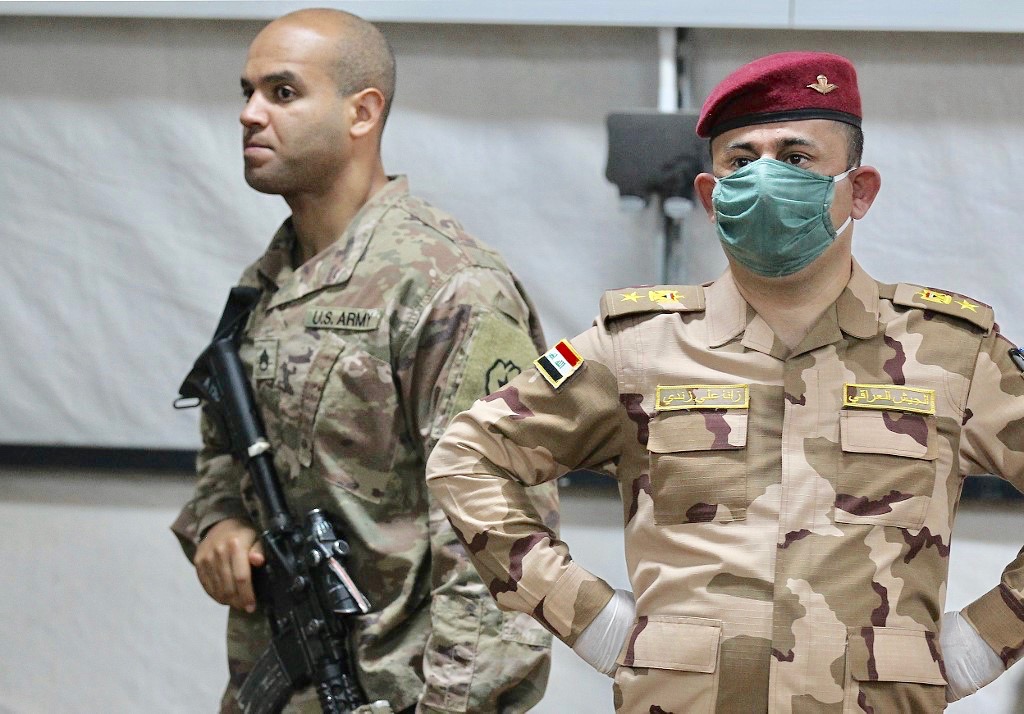










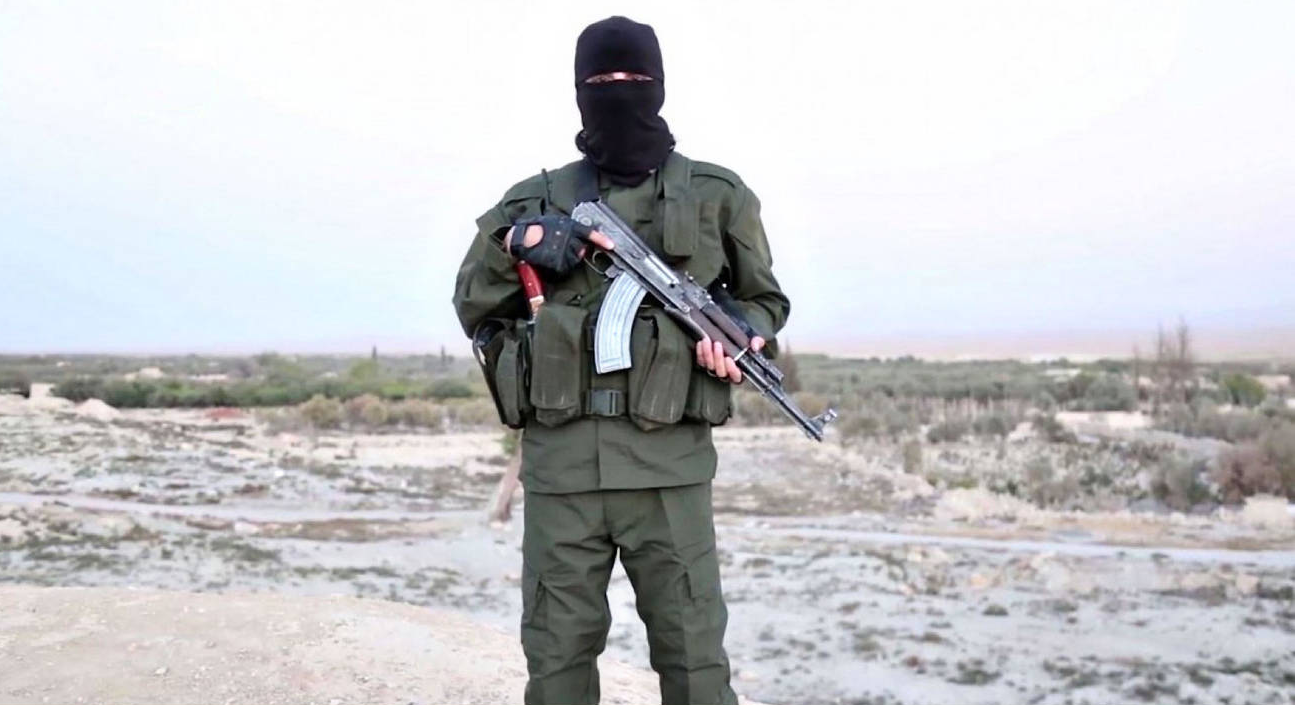

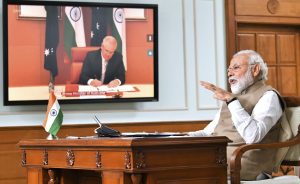

![The Nigerian government has been fighting the armed group, Boko Haram, and its offshoot, <span>Islamic State</span> West Africa Province (ISWAP), for years leaving thousands dead and displacing millions in the country's northeastern region [File: Henry Ikechukwu/EPA] The Nigerian government has been fighting the armed group, Boko Haram, and its offshoot, <span>Islamic State</span> West Africa Province (ISWAP), for years leaving thousands dead and displacing millions in the country's northeastern region [File: Henry Ikechukwu/EPA]](https://www.aljazeera.com/mritems/imagecache/mbdxxlarge/mritems/Images/2020/6/14/12b3c322605c4ad4b6d5f05a15a88686_18.jpg)





















